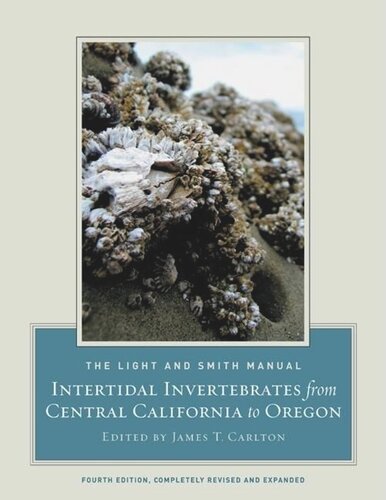

Most ebook files are in PDF format, so you can easily read them using various software such as Foxit Reader or directly on the Google Chrome browser.
Some ebook files are released by publishers in other formats such as .awz, .mobi, .epub, .fb2, etc. You may need to install specific software to read these formats on mobile/PC, such as Calibre.
Please read the tutorial at this link: https://ebookbell.com/faq
We offer FREE conversion to the popular formats you request; however, this may take some time. Therefore, right after payment, please email us, and we will try to provide the service as quickly as possible.
For some exceptional file formats or broken links (if any), please refrain from opening any disputes. Instead, email us first, and we will try to assist within a maximum of 6 hours.
EbookBell Team

4.0
96 reviewsThe Fourth Edition of The Light and Smith Manual continues a sixty-five-year tradition of providing to both students and professionals an indispensable, comprehensive, and authoritative guide to Pacific coast marine invertebrates of coastal waters, rocky shores, sandy beaches, tidal mud flats, salt marshes, and floats and docks. This classic and unparalleled reference has been newly expanded to include all common and many rare species from Point Conception, California, to the Columbia River, one of the most studied areas in the world for marine invertebrates. In addition, although focused on the central and northern California and Oregon coasts, this encyclopedic source is useful for anyone working in North American coastal ecosystems, from Alaska to Mexico. More than one hundred scholars have provided new keys, illustrations, and annotated species lists for over 3,500 species of intertidal and many shallow water marine organisms ranging from protozoans to sea squirts. This expanded volume covers sponges, sea anemones, hydroids, jellyfish, flatworms, polychaetes, amphipods, crabs, insects, snails, clams, chitons, and scores of other important groups. The Fourth Edition also features introductory chapters on marine habitats and biogeography, interstitial marine life, and intertidal parasites, as well as expanded treatments of common planktonic organisms likely to be encountered in near-to-shore shallow waters.